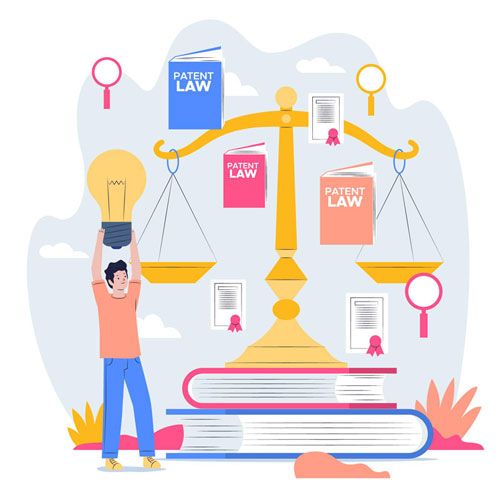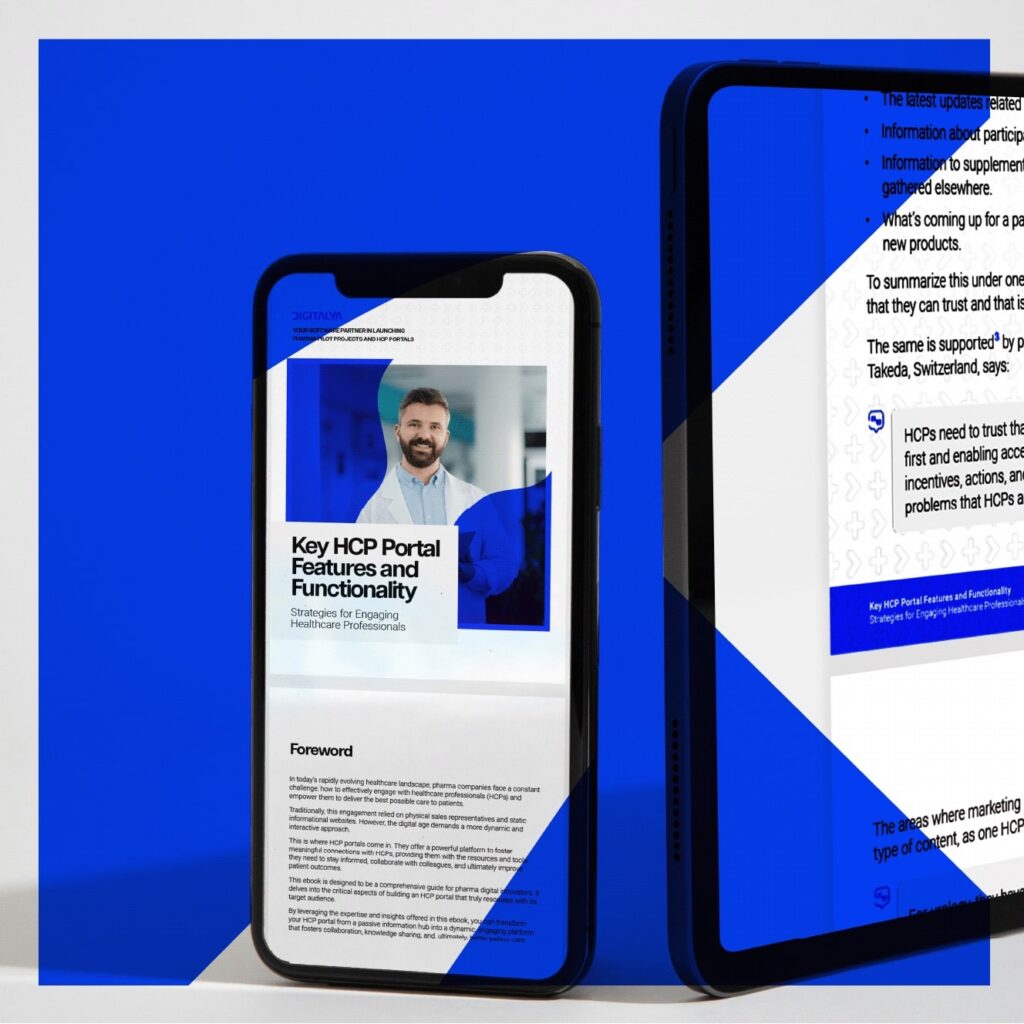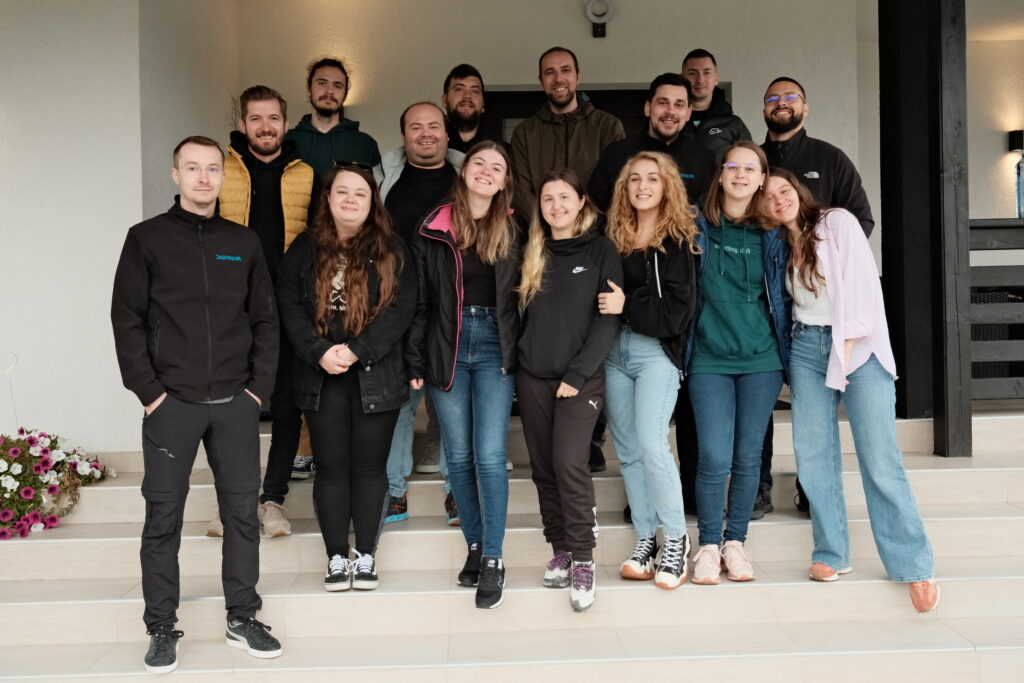Progress is sparked by an idea. Let’s say you’ve got an excellent startup idea, maybe you’re ready to launch a new app, so you post about it on social media. How will you protect that idea? Who protects your invention?
The simple answer is intellectual property (IP), which refers to creations of the mind, such as inventions, and it includes 4 categories: Copyrights, Patents, Trademarks, and Trade Secrets. For example, a new solution to a technical problem can be protected by learning how to patent an idea. And in this article, we’ll focus mainly on them.
With creativity, documentation, support, and a strategy in place, any new product idea can be brought to life and steer an organization in the right direction. Once you know that you have created something quite interesting and innovative, you need to patent your idea.
Yet, in order to know how to patent an idea, there are many things to take into consideration. But no worries. There are some clear steps to follow in the process of patenting an app or any different concept.
From knowing the costs, the patent system, and the patent law to how long it takes to have the patent granted, all of them require rigorous research. And we’ll cover all these aspects in today’s article. Let’s dig in!
1. What is a patent?
According to Harvard Library, a patent is a
property right granted by the Government […] to an inventor to exclude others from making, using, offering for sale, or selling the invention […] for a limited time, in exchange for public disclosure of the invention.
In other words, the patent is a legal document, a state-granted monopoly right that gives someone an exclusive right to a product or a process that generally provides a new way of doing something, for example, a minimum viable product (MVP), for the duration of the patent.
Keep in mind that with the patent granted (meaning that you own the patent), you have the right to stop someone else from making, selling, or using your inventions or product idea without your permission. Essentially, a patent is a property right—stipulated by the property law—that can be licensed, sold, mortgaged, or assigned. Indeed, patent owners can sell an invention for one consistent sum as compensation for the idea.
Just as important to remember: if someone simply makes a financial contribution to an invention, they can’t be named a joint inventor. But if two or more individuals participated in the creation of that concept or product, then they can all apply for a patent as joint inventors.
2. What are the three types of patents?
Before looking into patent types, make sure you understand and are familiar with aspects of intellectual property and the patent definition to make the most out of the information outlaid here.
There are several different types of patents depending on the use and country, but we’ll focus on the three that entrepreneurs use most frequently.
- Design patent
According to Investopedia, a design patent
is a form of legal protection of the unique visual qualities of a manufactured item.
And it can be granted if the product has a specific configuration, distinct surface ornamentation, or both. Practically, it provides patent protection for the appearance of an invention, like an ornamental design on an object, such as furniture, clothing, and even computer icons.
This patent is among the favorites because it can be obtained quickly—even under a year—once the application is filed. Additionally, it’s easy to file an application and get accepted, and it’s not as expensive as others. It usually costs a quarter of the price for a utility patent, and in terms of validity, it usually lasts 14 to 15 years from the date of filing.
Some examples of patents that are famous include the original curvy Coca-Cola bottle (1915), the Statue of Liberty (1879), and even computer icons like emojis.
- Utility patent
It addresses the function or method of your invention and how it can be used. It is the most common patent, and it refers to any person who creates a new machine, method, process, chemical compound, material composition, or manufactured product. To be more precise, a utility patent on a smartphone could cover technology such as video calls, unlocking, and texting.
It is considered more valuable than a design patent because it provides broader and stronger coverage. It also gives inventors exclusive commercial rights to produce and utilize the latest technology. However, it is not the quickest way to patent an idea, and you must consult patent attorneys.
Plus, the expenses are greater, but these parents are granted for 20 years. Take into account that a patent holder might have to pay maintenance fees over this time period. Some examples of patents included here are computers, business processes, engines, software, a game controller/console, and many more.
- Plant patent
It protects intellectual property and is granted to anyone who invents or discovers a new plant created by cutting, grafting, or other non-sexual methods. However, it does not cover genetically modified plants. It covers plants that reproduce by other means than from seeds.
For instance, by the rooting of cuttings using layering, budding, grafting, or inarching. It’s worth mentioning that not all countries grant this patent, so it’s best to do your research before applying for one.
Also, such a patent is valid for 20 years from the date of filing and requires no maintenance fees in the US.
Worth mentioning is the provisional patent application. Simply put, it is a reasonable first step on the path to securing an official patent. The reason it is so popular is that it is an inexpensive and quick way to gain protection on an invention for 12 months.
Remember that patents are granted for that period of time, and once they expire, they enter the public domain. What’s more, provisional patents allow the inventor to test and perfect a concept prior to filing for a full patent. For example, app developers choose to utilize this type of patent because it buys them time to work out any additional development issues in order to finalize the app before filing the full version.

3. What is required to patent an idea?
Andrea Hence Evans, a lawyer that specializes in patent, trademark, and copyright, explains
The first thing to do is research. That’s the most important thing.
It’s crucial for entrepreneurs to identify what they are trying to protect and to know whether they should file a patent, a trademark registration, copyright, or all three. Additionally, it’s wise to also be familiar with useful concepts like the patent system, The Patent Cooperation Treaty (PCT), trade secrets, and patent infringement in order to make knowledgeable decisions along the way.
After you file your patent application, it’s hard to go back. So make sure that before you search for patents, you determine if your invention is patentable. In order for your idea to be eligible for patenting, you must meet four essential criteria.
- Your creation is new, meaning that it is different from any other invention, including ones already patented or on sale, and that it hasn’t been made available to the public by written or oral description, by use, or in any other way.
- Your creation must be practicable, meaning that it has some kind of practical use, it’s a tangible object or a process that an industry or business can use.
- The invention must be statutory, meaning that it can be classified as a process, the machine, articles of manufacture, and compositions of matter or a “new use” of any one or more of these classifications.
- An invention must be non-obvious, meaning that it is not exactly the same as prior products or processes.
Filing your patent, it’s a process that you can take step by step. You can find a lot of information and a ton of helpful links out there that can guide you to learn the patent basics, patent classification, and everything you need to know in the patenting process.
4. How to patent an idea?
Understanding the process can make patent filing an accessible and stress-free experience. To obtain a patent, inventors must file patent applications in every country where they want protection.
By providing sufficient details and a thorough description of your invention ideas and what problem they solve, you are completing the patent drafting process, which outlines the inventions. To make everything more accessible, you can follow these simple steps to patent an idea.
- Identify if your idea is patentable. Check if your innovation qualifies in the criteria for patenting: it is new practicable, statutory, and non-obvious.
- Verify that your idea hasn’t been publicly disclosed, i.e. there are no similar, existing inventions. Be sure to check this if you’re looking for a software patent. You can search for international patents and printed publications. If you are not experienced at performing patent searches, talk to patent attorneys, a patent agent, or even a patent examiner.
- Once you have ensured that your idea is eligible for patenting, you can determine the type of patent you need by establishing in what category your innovation fits—design, utility, or plant.
- Consider your application strategy. The next step would be to determine whether to use professional legal services or if you can apply on your own, meaning you fully understand patent law and that you are a person skilled in doing research and documentation. Yet sometimes, the best course of action is to consult with a patent lawyer that will thoroughly cover the paperwork and the claims for the innovation. For more details on the patent application process in the US, review the USPTO Patent Application Initiative Timeline.
5. How long does it take to patent an idea?
It’s quite frequent for patent applications to get rejected and for resubmissions to be done over and over again. That’s why this back-and-forth process can last up to 2 to 6 years, based on each case. For example, it took Mark Zuckerberg 6 years to be granted a patent for Facebook.
Furthermore, the international application has two stages. The first stage is the international phase, where a search is carried out by the Patent Office. After completing the international phase, the national phase starts. At this stage, the applicant can choose which national countries they would like to pursue protection in. For example, an application could be filed in the US, China, Europe, Japan, etc.
However, if everything goes as planned, without needing resubmissions or additional documents, to get patent approval, it will usually take from 2 to 4 years in Europe, with an average of 2 years for the United States. So make sure to further check the differences between a European patent and a United States patent.
6. How much will it cost to patent an idea?
Depending on the type of patent application you choose, the prices may vary. A patent application is subject to the payment of a basic fee and additional fees like a search fee, an examination fee, and an issue fee. However, you might discover that there may also be included excess claims fees.
In broad terms, the cost of filing a patent application can usually be split into three parts. For example, if you apply in the US, you would pay: the United States Patent and Trademark Office (USPTO) filing fees, lawyer fees, and drawing fees. So the price may vary from around $5,000 to $10,000.
On the other hand, for a European patent, be ready to cover costs that will be at a minimum of 10,000 € and at least a further 1,000 € per designated country.

7. What is a poor man’s patent?
The term “Poor Man’s Patent” has become very popular over the years. The theory is simple: an inventor “compiles the full written description, drawings, and related documents about the invention and sends it in the mail addressed to themselves, with the intention that a well-known third party (the United States Post Office) will date stamp it and send it back to the inventor. This third-party acknowledgment of the letter provides evidence of the date of the invention, without having to disclose their invention to anyone.”
The problem with it?
Since 2013 and the passage of the America Invents Act, patents are no longer granted to whoever invented them first, but instead to whoever’s application was filed them first. Because of the change from a first-to-invent system to a first-to-file system, the reasoning behind a poor man’s patent is now obsolete.
8. What types of ideas cannot be patented?
As great as an idea may be, consider if it can be a patented invention. According to the Patents Act, an idea cannot be:
- a presentation of information
- abstract ideas
- a scientific theory, a discovery, or a mathematical method
- a way of doing business, playing a game, or thinking
- a procedure for surgical or therapeutic treatment or diagnosis
- some computer programs or mobile apps
So it is best to understand how the law differentiates ideas from inventions to be able to apply for a patent.
9. Can you patent an idea without a prototype?
To achieve a patent-pending status, prototypes are not required as you begin your patent protection strategy. However, you will need fully enabled written specifications of your invention, plus drawings, so a prototype might be helpful. If you’re looking for a software patent, a Design Sprint Workshop can be really helpful since, in just five days, you can create a clickable prototype for your idea and test it with real users. Also, a Product Strategy Workshop can come in handy if you need documentation for your application.
10. Conclusion
Delving into aspects of intellectual property is not a walk in the park. However, patents offer legal protection, and allow a company to block competitive products, paving the way for progress. Even if obtaining a patent is a tedious process, it might be worth all the effort, especially since it protects businesses from idea theft, ultimately increasing the value of an organization. And as a plan B, you can always sell an invention if you are interested in a quick financial reward. We hope that our article about how to patent an idea will be helpful for you in the process.








